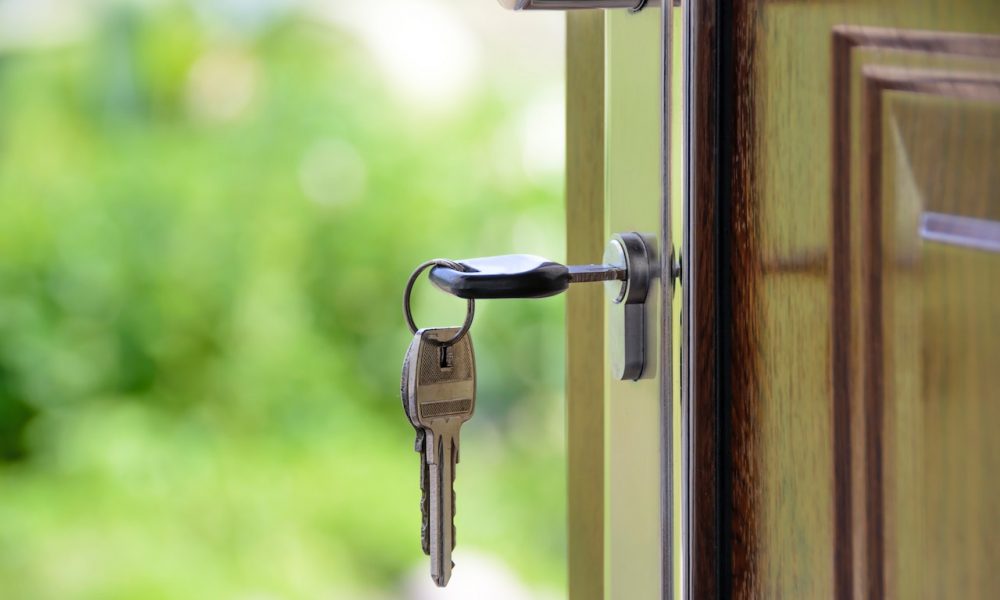
The “Grave” Housing Crisis Forcing U.S. Homeowners to Sell Their Houses

Every culture has its dreams and aspirations. For those living in the United States, it has traditionally been an idyllic house, spacious and welcoming – all surrounded by green lawns and filled with joyous memories. But now, that dream seems to be fading for a significant number of Americans. The cause? An unprecedented rise in the cost of living.
Recent studies showcase a startling trend: one in every seven homeowners is selling their homes, not out of choice, but out of necessity. The whispers of a looming housing catastrophe are becoming harder to ignore.
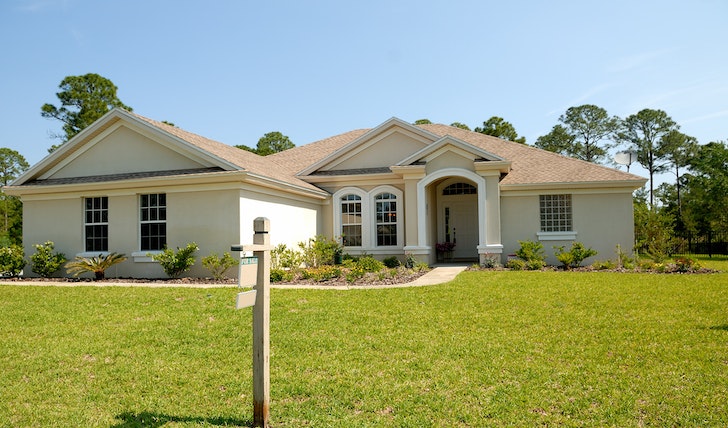
Pixabay / Pexels / Recent studies show that 1 in 7 homeowners in the U.S. are considering selling their houses to cope with the rising cost of living.
The Evaporating American Dream
Owning a home was once a badge of achievement—a tangible testament to one’s hard work and perseverance. But as the dollars required for daily life balloon at an alarming rate, this badge is becoming a burden for many.
Imagine the struggle: While you are still paying off your home, the bills mount. Health insurance hikes, grocery prices inflate, and sending your child to college feels like buying a second home. Amidst such financial whirlwinds, the house often becomes the emergency exit – the asset to liquidate to keep afloat.
A Chain Reaction in Housing
The cascade effect is real. More houses up for sale mean more choices for buyers, right? Ironically, no. Potential homeowners, many of whom are millennials stepping into the housing market for the first time, find themselves staring at prohibitive price tags. While houses are up for sale, they remain tantalizingly out of reach for many due to escalating prices and rigid mortgage requirements.
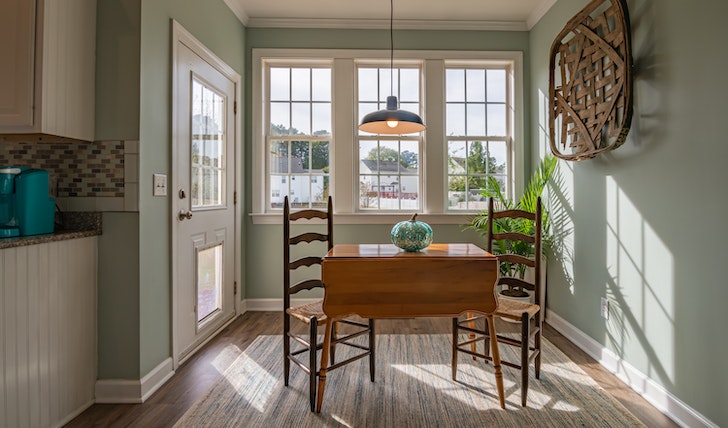
Curtis / Pexels / The recent housing crisis is sabotaging the American Dream of owning a home.
Thus, this oversupply and under-demand situation disrupts the balance. Neighborhoods that once buzzed with familiar faces see an ebb and flow of temporary residents, affecting everything from local businesses to school PTAs.
Rise of the Rentals
But as the shadows grow over homeownership dreams, rental properties are basking in the sun. With the scales of demand tipping away from buying to renting, the rental landscape, including single-family homes in suburban neighborhoods, is flourishing.
This trend is a double-edged sword. While it offers opportunities for real estate investors, it also underscores the eroding feasibility of homeownership for the average American.
The Emotional Price Tag
Selling a home is not just a financial transaction. It is often an emotional upheaval. Each room in a house is a chapter of one’s life, and selling means closing those chapters prematurely. It is akin to leaving behind first words, laughter, tears, and years of growth.
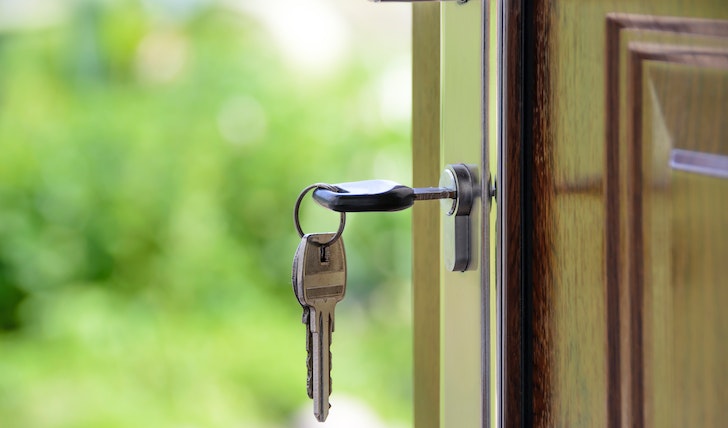
Photo Mix / Pexels / The good news is that the demand for rental homes and single-family homes is soaring.
Furthermore, the broader societal fabric is at risk. A community where houses frequently change hands lacks the foundation of long-term residents. The connection to local happenings, the commitment to neighborhood welfare, and the vested interest in community growth all become sporadic.
What’s on the Horizon?
The United States has faced housing challenges before, from the dark days of the Great Depression to the more recent 2008 financial crash. However, this emerging scenario has a different flavor.
So, it is born not from overt economic crises but from the gradual tightening of financial belts around the middle class.
More in Legal Advice
-
`
Why You Need to Think Twice Before Buying a House
So, you have been scrolling through real estate listings, envisioning your dream kitchen, and even bookmarking paint colors for the nursery....
November 26, 2023 -
`
Santo Spirits: Sammy Hagar and Guy Fieri’s Joint Venture
In the world of business partnerships, some combinations might seem unconventional at first glance. But when you delve deeper into the...
November 16, 2023 -
`
Everything You Need to Know About Mortgage Rate Lock
You have probably embarked on the exciting yet nerve-wracking voyage of purchasing a home. Amidst the sea of paperwork, open houses,...
November 9, 2023 -
`
7 Effective Ways to Make Your Business More Sustainable
In an age of rising environmental consciousness, making your business more sustainable isn’t just a trend; it’s a necessity. Sustainable practices...
November 3, 2023 -
`
Housing Market Going Up? Then Why Not Rent?
“Buy a house! It is the best investment!” How many times have you heard that? Probably enough to make a drinking...
October 29, 2023 -
`
Surprising! Celebs Who You Didn’t Know Had a Master’s Degree
When it comes to celebrities, we often associate them with glitz, glamour, and blockbuster movies. But did you know that some...
October 17, 2023 -
`
Navigating the Housing Maze: The 7% Mortgage Rate Quandary
If there is one thing that this year has thrown our way (apart from those fascinating tech gadgets we did not know...
October 12, 2023 -
`
Where to Buy a House in the U.S With a $100K Salary
Got a cool $100,000 annual paycheck in your pocket? Cheers to that accomplishment! With such a financial cushion, dreams of homeownership...
October 6, 2023 -
`
Why Private Equity is Betting Big on Hollywood
Hollywood has long been a glamorous yet unpredictable industry. But what is new in Tinseltown? Private equity investments. Yes, that is right!...
September 19, 2023

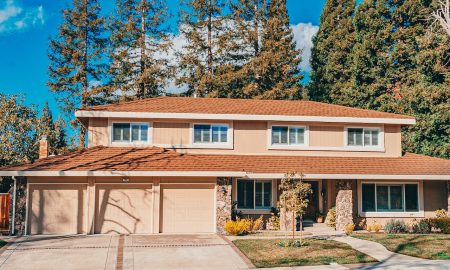

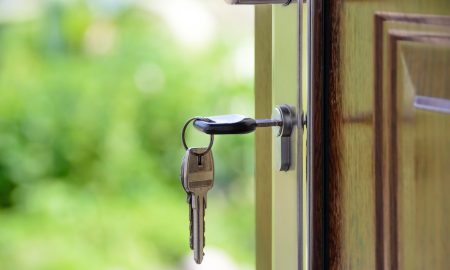











You must be logged in to post a comment Login